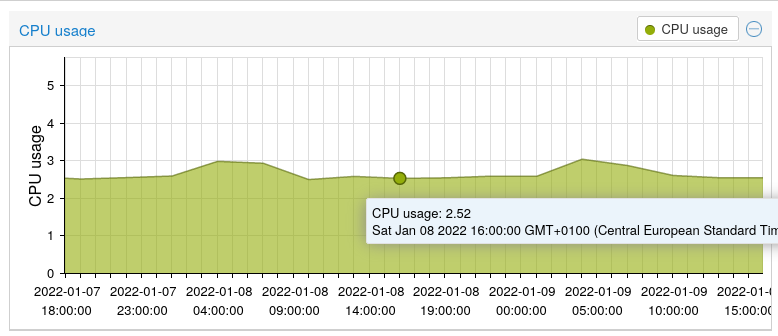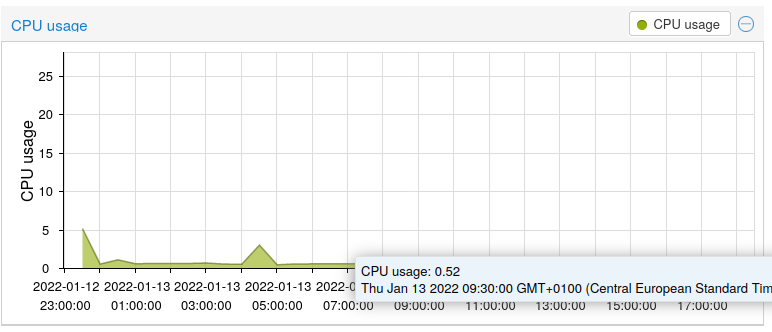Switching to NixOS
A few months ago a friend showed me a Linux distribution called
- The ability to apply a configuration and role it back through so called generations.
- That NixOS is configured in a declarative way. This means that you write a configuration first and then execute a command which then builds the system according to the configuration.
Especially the last one was the main reason why I wanted to try it.
I tried to configure my systems a lot with
When my friend told me how NixOS worked it just made so much more sense.
The fact that the configuration is symlinked read-only to the required places just forces you do use the system in the right way.
And the declarative way makes it much easier to have a consistent configuration across various machines and applying that configuration to other machines is as easy as running git pull && sudo NixOS-rebuild switch on the remote machines.
Idle Resource Usage
Another thing I noticed after a few test, was that the idle resource usage of NixOS was much lower than what I’ve seen so far from
Ubuntu

NixOS

Future
Going forward there are still a lot of things I plan on doing:
- Migrate all my servers to NixOS.
- Continue working on my config for my desktop systems (I expect this to be an ongoing process).
- Try to setup development environments. One thing NixOS or more specific Nix can do is install applications which are only available in a specific directory. In addition you can specify the exact version of the application you use for developing. This makes it very easy to continue working on a project at a later point e.g. for bug fixing or other tasks.
- I’m sure there is much more :D